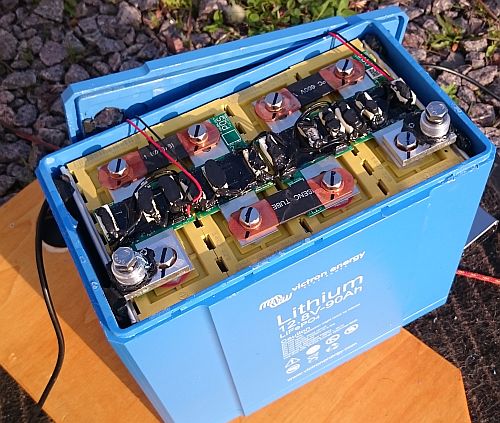funflair
LIFE MEMBER
https://www.amumot.de/lipo-lithium-batterie-wohnmobil/
I found this on a Liner forum in Germany and thought it was a really good read, I think you will have seen this already Michael @sallylillian I would like to pretend that I had read it all in German BUT no in reality I read it in Google Chrome which translates as you go.
Martin
I found this on a Liner forum in Germany and thought it was a really good read, I think you will have seen this already Michael @sallylillian I would like to pretend that I had read it all in German BUT no in reality I read it in Google Chrome which translates as you go.
Martin






